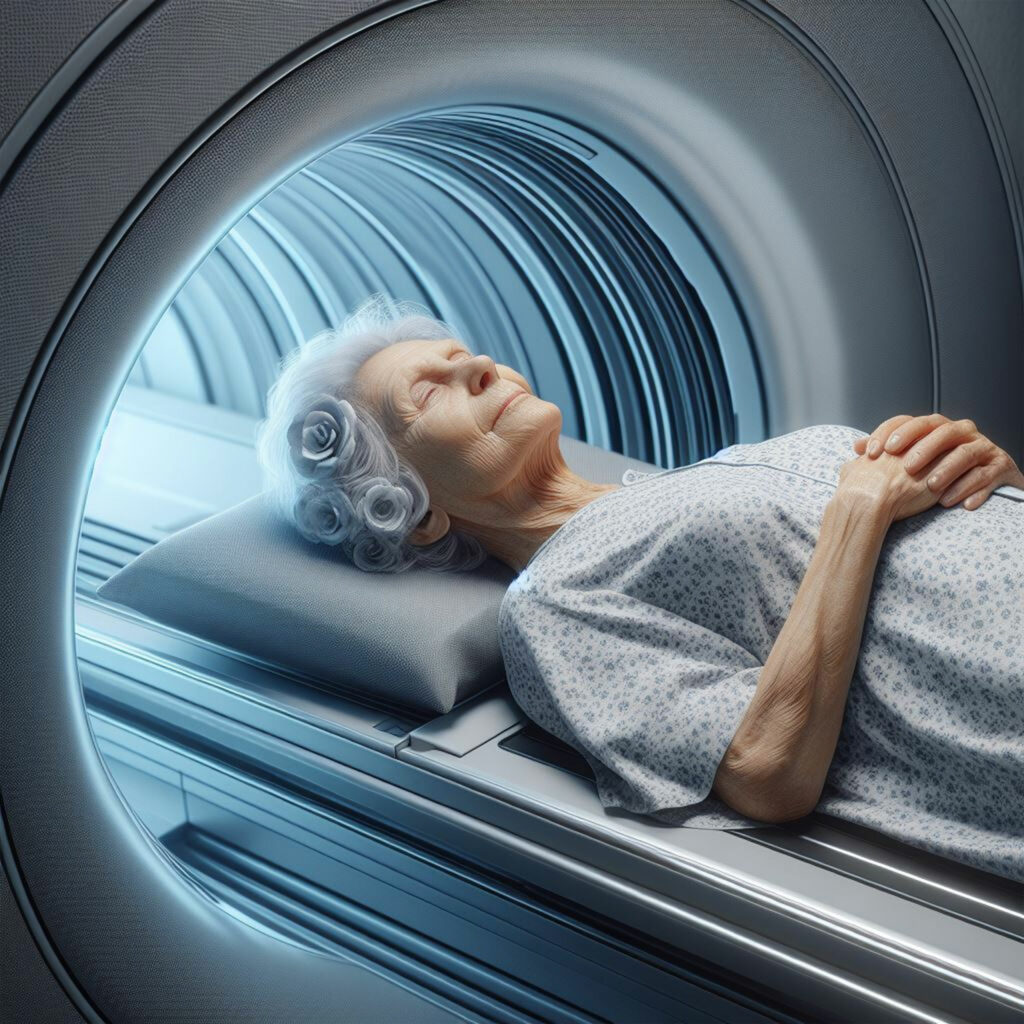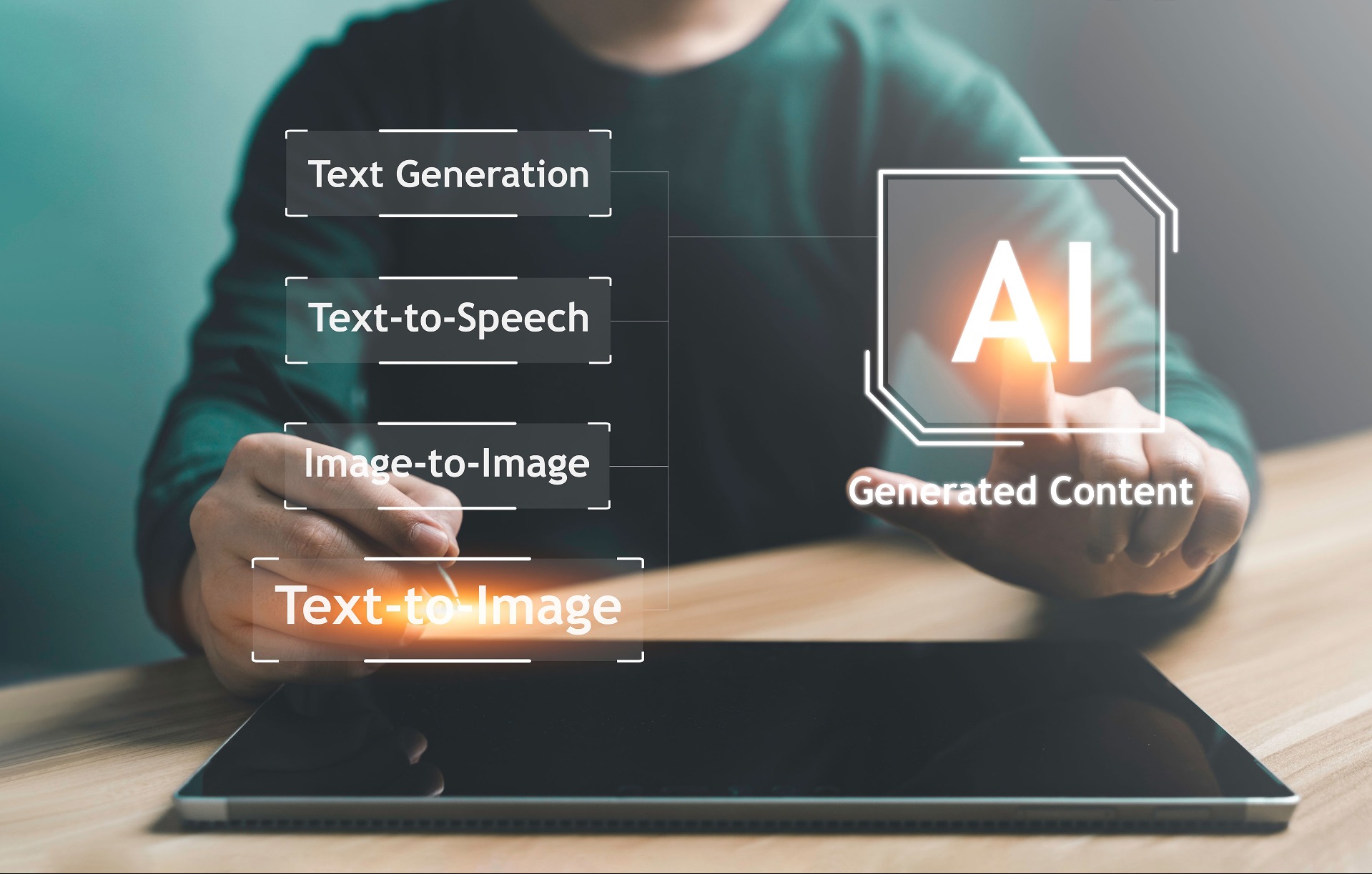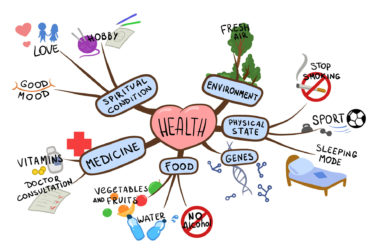AI can cause feelings of fear, excitement, and confusion; here’s an overview of what it means for pharma and the industry to help understand its new role in our work.
Generative AI is in the spotlight for good reason: it is starting to shift the workforce and has huge implications for healthcare that will be felt across the industry from more easily and efficiently developing drugs, to generating scientific information, to engaging with HCPs better, to hyper-
targeting patient groups. Here’s what we need to know to make generative AI the sidekick to the pharma industry’s future and not its replacement.
The Difference Between AI and Generative AI
While there is a tendency in the industry to lump generative AI and AI together and refer to both as simply “AI,” there are inherent differences between the two. AI is limited to analyzing existing data, processing it, and delivering benefits such as greater efficiencies in workflow processes,
re-targeting ad campaigns, cleaning up database records, etc. Generative AI
is a form of artificial intelligence that generates new data and content from the patterns it has learned.
The Whole Structured and Instructed Data Thing
These terms may sound like tech- speak, but they’re actually quite simple to explain. An example of structured data is a table with rows and columns. Think of it as an excel table with easy- to-process data. Unstructured data is, well, unstructured. There are three types of unstructured data. The first is text—this can be text written in a paper chart or keyed into an EMR. The second is image data—this can include X-Rays, photos of lesions on a person’s skin, or a tissue sample from renal histology. The third is signal data—this data consists of representations of things like diagnostic tests. EKC/ECG and ultrasound are examples of signal data.
The challenge with, and power behind, generative AI is to accurately understand and process both structured and unstructured data to generate new data, content, imagery, recommendations, findings, and other data we have yet to be able to generate and understand. This has vast implications for pharma and healthcare.
Direct Applications for the Pharmaceutical Industry Generative AI can be a huge asset for three pharmaceutical areas: pharmaceutical clinical development, marketing, and medical education. For example, this technology can generate:
• New molecule models that will have the desired efficacy and safety, and even identify the characteristics of the patients in which the drug will deliver the best efficacy and safety
• Artificial synthetic humans used for the comparator arm of a
randomized clinical trial—which is actually happening today
• Personalized and engaging content for patients, physicians, and other stakeholders, such as social media posts, conversational chatbots, or web pages
• Realistic and interactive simulations of clinical scenarios, such as interactive patient cases, for training and education purposes
• Suggested key core claims important to communicate to HCPs and attention-grabbing headlines and taglines that motivate patients to seek treatment, talk to their doctor about a specific therapy, and encourage adherence and compliance
Take a Test Drive of These Platforms With thousands of platforms out there it’s hard to know which one you should test, or more importantly, invest in licensing versus building your own. These are on my shortlist—let’s start with the creative one.
DALL-E 3 is the text-to-image generator built into Microsoft Copilot. While many of you have heard of DALL-E, DALL-E3 contains serious upgrades. One of the processes for image generation involves analyzing existing reference data in order to produce the generated data. Let’s take cats for example. Generative AI consumes all available data about cats – kittens, adults, male, female, hairless, sitting, standing, jumping, etc. When a prompt is input, generative AI will produce images that most accurately reflect the reference. For this cat example, I used the prompt “generate a photo-realistic image of a tabby cat, lying down, with kittens, on a brown hardwood floor, by a window, with grey curtains.”
This option is close to what I was looking for. For something more relevant to our industry, I used the prompt “generate a photorealistic image, 80-year-old woman, lying down, on MRI scanning table, halfway inside the machine.”
 Different from other technologies, DALLE-3 does not scour the internet and bring back an existing photo from the metaverse. It produces an entirely computer-generated one-of-a-kind.
Different from other technologies, DALLE-3 does not scour the internet and bring back an existing photo from the metaverse. It produces an entirely computer-generated one-of-a-kind.
Consensus is an OpenAI GPT designed to be your research assistant sidekick. It contains over 200 million academic papers (and growing) that source science-based answers to your questions. It purports to have the ability to draft content with accurate citations.
Lifelink Systems offers the ability to integrate a powerful intelligent conversational chatbot into any website, web portal, or other digital asset. It combines conversation mapping, tone, voice, sentiment analysis, demographic cultural, and health literacy considerations to personalize the interactions using patient records and conversational history while adhering to regulatory and HIPAA requirements. Gone will be the days of the rudimentary chatbots that delivered pre-approved messages, content, and assets fed from a database.
The capability exists now for a patient to have a personalized conversation with a virtual nurse and get answers about their diagnosis, treatment, fears and concerns as if they were in the office.
Guardrails and Guidelines—A Big, Hairy, Audacious Topic
To the best of my knowledge, the FDA has not yet released draft guidelines on the use of generative AI for the purposes of commercial product marketing. Though not segmented by industry, a recent Harvard Business Review article cites a recent McKinsey survey that revealed only 10%-14%
of companies consistently deploy generative AI in their marketing and sales programs. Progress is being made, however, on the drug development front. In May of last
year, the FDA released two discussion papers to inspire conversations about AI and machine learning in drug development and manufacturing.
Agencies and pharma companies are slowly starting to utilize generative AI for commercial product promotion or medical communications, and so guidelines and guardrails are slowly being developed. However, these developments will have to accelerate to keep up with the pace of evolving technology.
You have to think about many aspects regarding the use of your proposed technology. You need to know if it will generate outputs that infringe on another company’s intellectual property (IP). If there is a risk that it will, you need to have a mechanism in place that ensures no IP is part of any outputs you put into use. Similarly, you want to make sure no outputs are copyrighted by someone else and also that they can’t be considered plagiarism. You also need to determine if you will be uploading your own proprietary inputs or client content to the platform, and if so, how you will protect confidentiality.
There Are Many Benefits and Upsides A ton of benefits will be realized through the use of generative AI. We can significantly reduce the time it takes to generate quality content as compared to traditional methods. We can operate more cost-effectively by hiring less people in the future and focus the energies of our existing quality people on higher-value activities. We can generate new creative ideas and innovations to present to clients. Client satisfaction rates can improve. New measurement frameworks can be created to measure results and ROI like never before. Agencies that operate with a fixed-fee model can be more profitable and increase their EBITDA by spending less time on tasks while keeping the same pricing.
 You could accidentally produce medical content that is not entirely accurate and risk the well-being and outcomes of patients.
You could accidentally produce medical content that is not entirely accurate and risk the well-being and outcomes of patients.
Significant Risks Exist
It can be easy to get caught up in all the excitement, but we can’t lose sight of the real risks involved in using this technology. There is a risk that you might be too slow to adopt generative AI platforms and incorporate them into your services offerings, allowing your competitors to take more of your market share. Employee satisfaction can drop, resulting in attrition of the people you value most. You could make a heavy investment in a platform, only to find you are not realizing the efficiency gains or return on investment you need to offset the cost. Your clients can take the work in-house that they used to give to you. You or your clients can infringe on someone else’s IP or have yours stolen.
You could accidentally produce medical content that is not entirely accurate and risk the well-being and outcomes of patients. And you could get into a legal mess if you plagiarize something. There is also the risk of confidential information getting leaked if you upload your content and assets to an external provider’s platform. On the financial front, marketers and agencies could be forced to reduce their charges for fixed fee projects because procurement knows the technology is available. I’m seeing requests in RFPs asking for specific information and strategies on AI capabilities, and procurement has a seat at the table, which is interesting when you negotiate your fees and rate card. If your agency is structured mostly on a retainer basis, those efficiencies you became so excited about are going to force you to pull in a larger amount of work in order to recognize the same revenue as you did before—let alone hit a growth target and increase your EBITDA.
We all love generative AI. We see it at every conference and trade show. It’s in ads, social media feeds, on the screen of your smart refrigerator. It’s all around us and it’s awesome!
However, it’s not there yet. Very few outputs should be used “as is.” In speaking with colleagues in the agency, pharma, biotech, and medical device industries, the average amount of generated material requires 20%-40% manual labor to perform tasks such as fact checks, reviewing the accuracy of the data, reviewing messages and core claims for med/legal and regulatory compliance, and more, before the generative outputs will be approved. This should all be kept in mind as we embrace this new technology.











